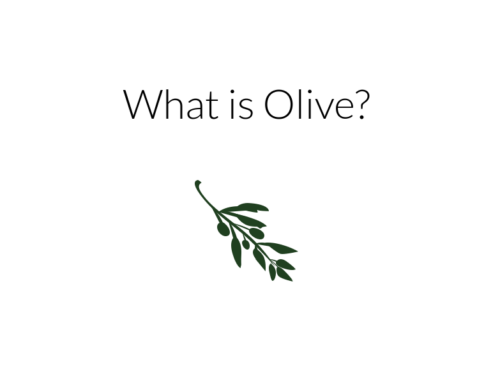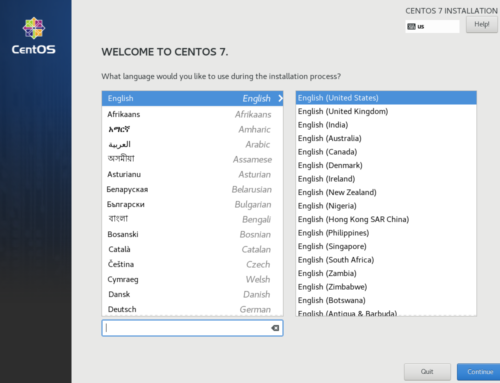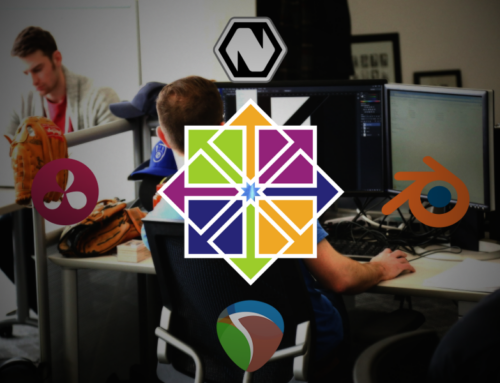In the wake of GDPR compliance and nightmare scenarios like Cambridge Analytica, there’s never been more incentive to remove services with the power to abuse your data from your life. The reality of the situation, though, is that the average person doesn’t have the technical ability to do so.
Read Also: Disk Passthrough Explained
UX is the Most Powerful Attractor
User friendliness is as important to keeping your data safe as having alternatives available, and no everyone is able or willing to run their own NextCloud Server or register a domain and set up their own e-mail. In order to persuade people out of a system that abuses their customers in the name of advertising etc, you have to build something that offers a similar level of convenience that can be operated independently.
There are plenty of powerful self-hosted solutions to cloud and streaming services out there, but precious few can be picked up and used by the average person.
Syncthing is an important exception to that trend, though. It offers redundant, distributed storage, seamless backups, and powerful file syncing to anyone who can install an app and scan a QR code.
It works by using a peer-to-peer discovery and block exchange mechanism (think bittorrent) instead of an oracle server or online cloud service, meaning that you can run it on your LAN just as easily as you can on the wider internet. It also offers powerful features like folder versioning and delete propogation/selective delete ignores, all of which are a matter of checking a box in the user interface. The fact average users per day is on the rise is no suprise, but the fact the core install base is still under 40k is baffling:
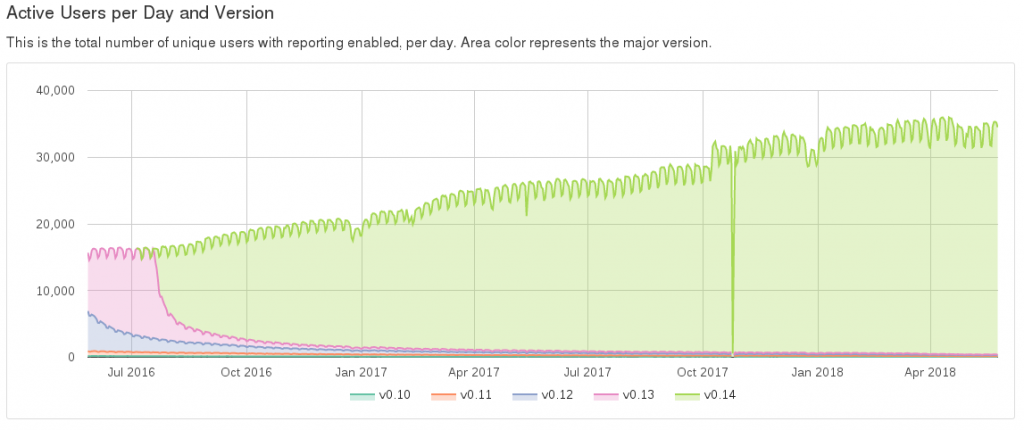
I’m not going to go over installation, because the company supports every modern OS (including FreeBSD) out of the box, but here’s some interesting uses for this new software that you should really check out:
Workflow Backups And Cross-Device Creation
How many times have you or someone you know lost work on a project from drive corruption, or your creative application of choice choking on a large project and crashing? Well, Syncthing offers a simple solution for people who need redundancy to do their creative work, or want to work on when they travel without having to export everything to their laptop manually.
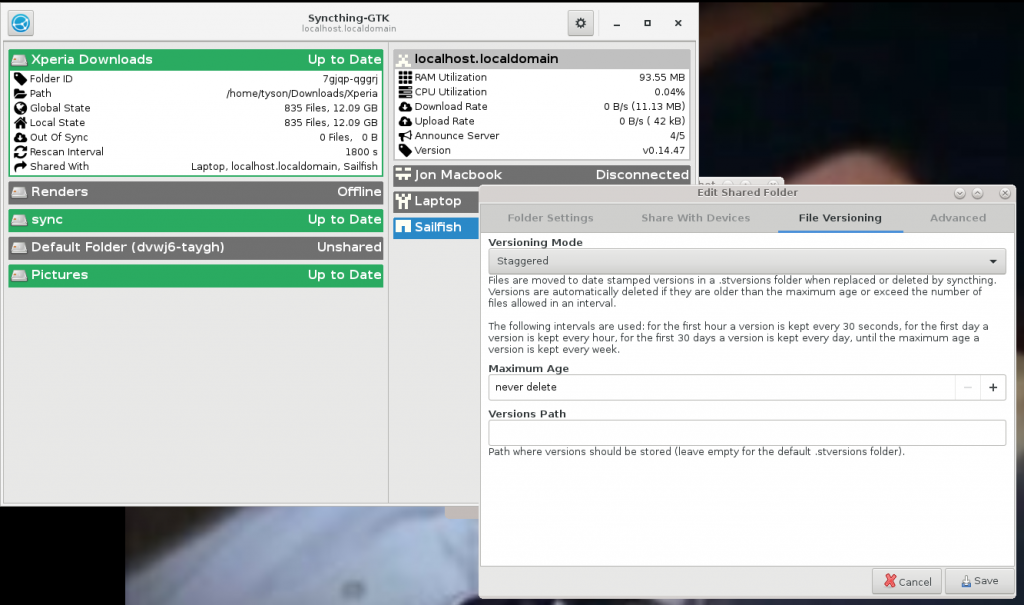
File Versioning menu in Syncthing-GTK
Just set up a Syncthing node on each of your work/backup machines, and add the folder you normally do your creative work in. Right click the folder, then hit Edit > File Versioning > Versioning Mode > Staggered. This will save new projects at set intervals, and all you need to do to recover a corrupt or deleted file is go into the .stversions sub folder and select the autosaved version that you need.
Phone Picture Sync
Since Syncthing Has full featured clients for Android (and Sailfish OS) you can easily sync all your pictures and downloads to your desktop and other devices without increasing the storage requirements of your phone. Just share the camera roll folder with your storage device, and set the sync mode to “send only” in Folder> Edit > Folder Settings. Then Set the Backup Devices to “ignore deletes.”
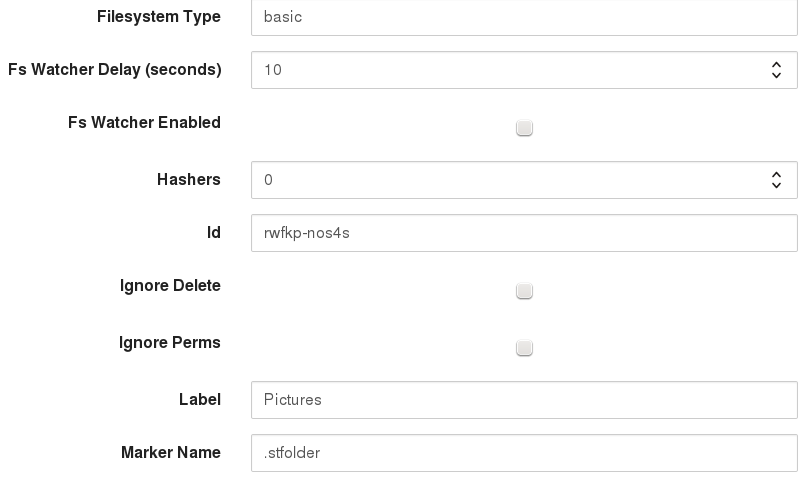
Syncthing Ignore Deletes Option in the Web UI
You’ll never lose a photo again, and if someone steals your device, you can use the exif data to tell where they are as soon as they take a picture.
Immortal Home Directory
Anyone who has to rely on a PC for their livelihood knows how frustrating a system failure can be. For those uninitiated to NAS backup and ZFS, it can mean lost clients or days of attempting data recovery. Well, Syncthing offers a solution to this problem so simple and easy that there’s literally no reason not to do it.
All you have to do is share and sync your home directories on each of your devices, turn off simple versioning to lower overhead, and then set your device(s) with the most storage to ignore deletes.
Broken PC or install? Just resync the fresh device/OS and you’re good to go in a few hours. Simple as that. Since Syncthing Is available for FreBSD NAS systems, too, you can combine the power of ZFS and Syncthing for even more robust backups if you have a pre-existing storage system in place.
If you’re using Syncthing, let us know how you like it and what you use it for in our comments and Discord.
Images via Tyson O’Ham, Pixabay


